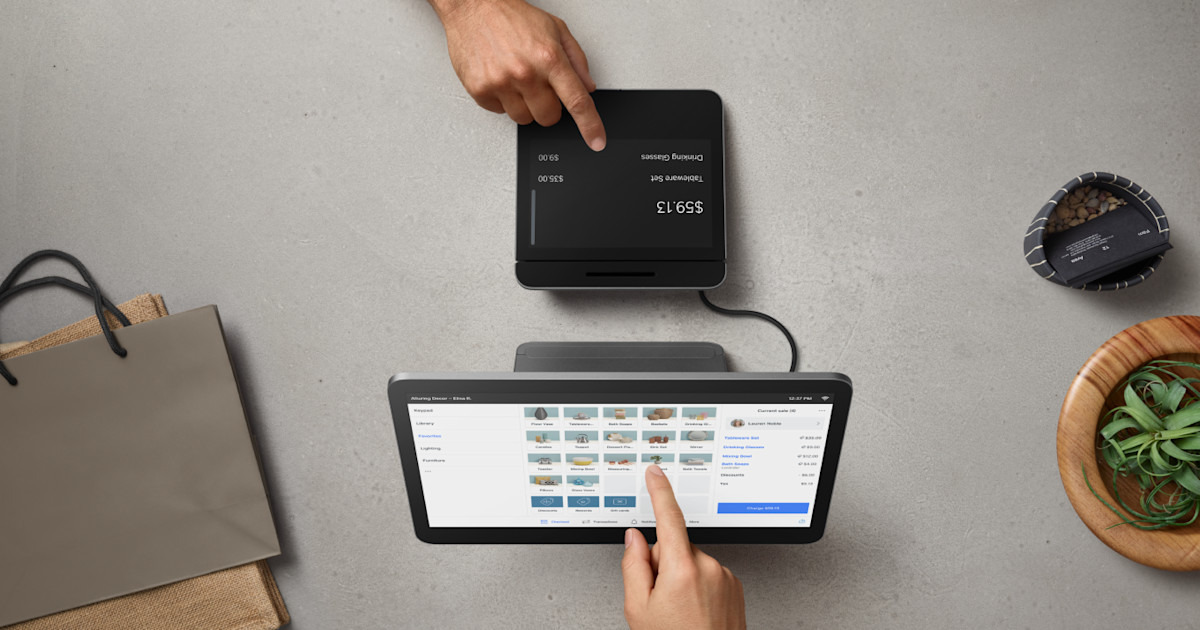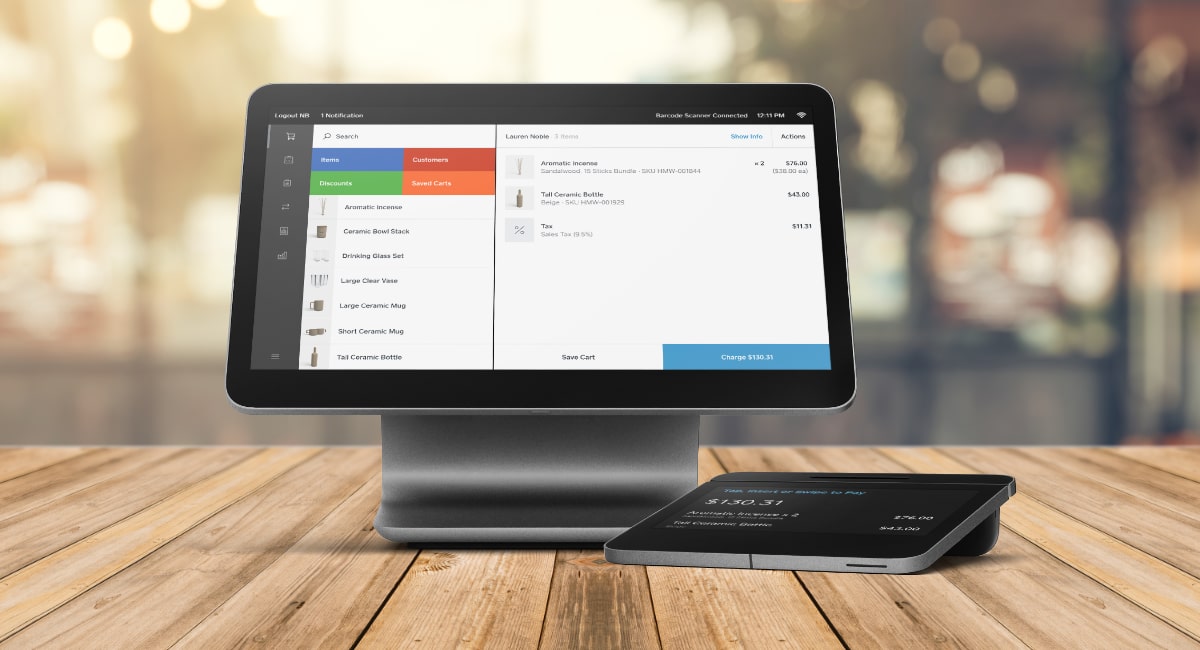
What is POS system?
POS is the operating system you use to manage physical stores and sell in person It is an account and warehouse program used by store and warehouse staff to find products and add them to the customer's request and accept payments, The latest POS system goes beyond credit card processing to help retailers and restaurants integrate mobile POS features, contactless payment options, and e-commerce integration capabilities to other features.
1. Hardware Components for POS System
The common physical components required to get your POS POS system up and running are varied, and perhaps these components we find:
2. Projector/tablet
This component displays the product database and enables other functions, such as employee logging in and showing sales reports, and tablets - especially iPads - are known for replacing larger screens.
3. Barcode Scanner
The barcode scanner in POS POS system automates the reimbursement process, scans barcodes, pulls out product information and adds them to the exit total, and barcode scanners can also integrate with the most powerful accounting software and inventory management systems to adjust inventory levels automatically.
4. Credit Card Reader
Since the EMV payment standard was introduced in 2015, it has become necessary to acquire safe and EMV-compliant credit card readers, where non-compliant retailers face potentially heavy losses due to liability for fraud.
5. Receipt Printer
Email receipts and texts may gain popularity, but paper receipts remain essential to provide customers with quick snapshots of purchases or returns.
The Importance of POS System in Small Businesses
A small company's POS POS system can help reduce errors that occur during sales transactions and enhance price accuracy, enhancing customer confidence, and can also help with the following:
1. Increased efficiency
POS can help small businesses increase efficiency by automating many processes For example, it can calculate sales tax automatically and create receipts which saves time and reduces errors, in addition, the best accounting software can help manage inventory by tracking inventory levels and providing real-time information about well-sold products and products that need to be restocked. As can now be done with POS points of sale, you can increase efficiency levels within your small company up to 100%.
2. Better inventory management
The POS system allows you to easily track inventory in your store, it allows you to manage your inventory in real time and see how many products you own over a certain period of time.
Upon receipt of your inventory, if these products are already in your catalogue, simply scan the items and enter the quantities and the items will be recorded in your account program inventory, this saves a lot of time compared to the manual tracking of your inventory, and in the end, there will be fewer errors in your inventory.
3. Streamlining sales from multiple locations
Mobile POS system lets you do business and sell products from multiple locations - While maintaining the simplification of procedures, by investing in the mobile POS system, You can expand your business and products, sell them to consumers from locations other than the physical store, Portable POS software - along with a simple scroll device - can effectively transform your smartphone into a retail point system which allows you to accept transactions remotely, thereby expanding business operations.
4. Increased revenues
POS enhances your revenue by improving the customer experience and moving rapidly to develop technology, but even without these cutting-edge features, POS is the most important accounting software that boosts your sales by increasing the number of revenue sources or sales channels, which your small company can handle.
Other than simple personal sales or appointments, you can add ways for customers to interact with your business through online sales, mobile events, temporary stores, catering or subscription services.
How does the POS system work in a small company?
POS system allows your company to accept payments from customers and track sales, it looks simple enough, but setting up can work in different ways depending on whether you sell online, have an actual storefront, or both.
Traditional POS systems are used to signal in-store cash recording machine, and today, modern POS accounting software and systems are fully digital, meaning you can check the customer wherever you are, all you need is POS POS system and internet-connected device, such as tablet or phone.
So what does POS do? Normally, it works as follows:
Scan
Some POS systems allow you to scan items using the camera on your device, and for online stores, this step happens when the customer finishes adding items to their shopping cart and clicks the exit button.
POS calculates the item price, including any sales tax, and then the system updates the inventory inventory to show that the item has been sold.
Termination of the procurement process
The customer must use his credit card, click on the card, debit card, loyalty points, gift card or cash to make the payment, and depending on the type of payment they choose, the customer's bank must then authorize the transaction.
Termination of point-of-sale transaction
This is the moment you officially make a sale, where payment is made, a digital or printed receipt is generated, and you ship or deliver to your customer the items they bought.
Conclusion:
POS is a necessary tool for small businesses today, and globally, more and more companies are still moving from using the basic cash check to using the POS system because it is the best accounting software that offers advantages such as greater operational efficiency, increased sales and customer happiness.
Other topics:
Implementation of government projects
Automation of automated processes
References:
1. << What is a POS system? >>, fool.
2. <<What are POS malware and how can you protect your business from it? >>, makeuseof.

Add New Comment